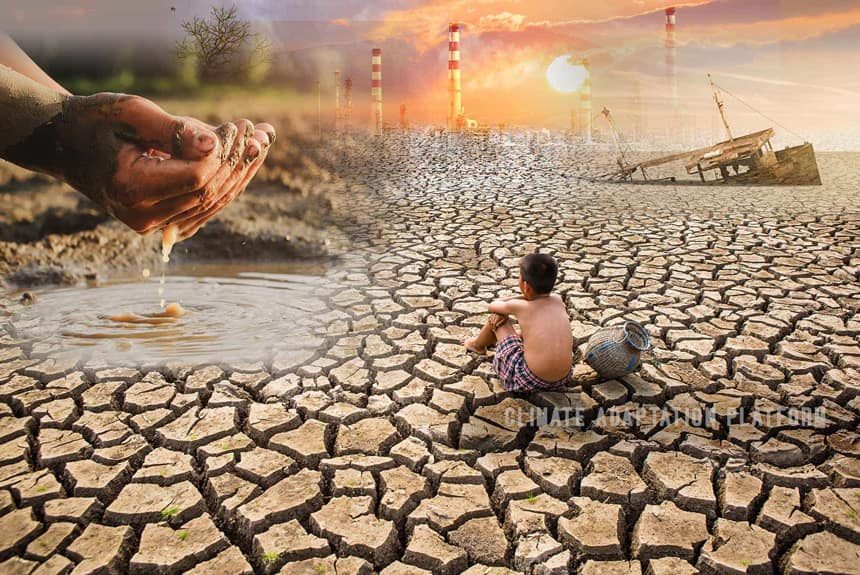A study published in Nature shows that climate change affects 80% of the world’s land area, where 85% of the global population lives.
According to the study, there is overwhelming evidence that climate change impacts are already observed worldwide in human and natural systems.
The study used the language model BERT to identify and classify studies on observed climate impacts, producing a comprehensive machine-learning-assisted evidence map. Researchers used this map to comb through over 100,000 publications between 1951 and 2018.
These studies cover various fields, from glaciology to agricultural science and marine biology to migration and conflict research. Evidence from these studies shows that climate change impacts are expanding, and climate literature has grown exponentially as well.
Study author Max Callaghan says in an interview that between 1951 and 1990, there were only 1500 climate-related studies. Still, five years after the last UN assessment, there were 75,000 to 85,000 studies, which is a phenomenal increase.
Recent works have examined ways to handle exponential growth in scientific publications on climate change to take considerable literature using technological innovations and machine learning methods.
The study used its location data and sorted the globe into grids. It then mapped and documented climate impacts and matched them with the area’s observed temperatures and rainfall trends.
Though most of the world’s population resides in areas where trends in temperature and or precipitation can be at least partially attributed to human influence, according to researchers’ analysis, there is substantial geographical variation in the degree to which the impacts of temperature and precipitation on human and natural systems have been studied.
Researchers have characterised areas with fewer than five weighted studies per grid cell as displaying low evidence, areas with between 5 and 20 weighted studies as robust evidence, and areas with more than 20 as high evidence.
Researchers find robust evidence of human influence on temperature or precipitation trends for 48% of the global land area (hosting 74% of the global population). These areas are in Western Europe, North America, South Asia, and East Asia.
33% of the global land area (hosting 11% of the global population) shows human influence in long-term trends in precipitation and temperatures. However, the existing literature also provides relatively little evidence about how these trends impact human and natural systems.
Parts of Western Africa, South-east Asia, Western Asia, and Northern Asia show evidence that their climates have changed because of human influence, but there is little evidence on how this may be impacting human and natural systems.
The study has revealed some blind spots regarding climate impact data, which open future research opportunities that can have real implications for climate adaptation and planning.
To read the study, click the link below:
Source Citation:
Callaghan, M., Schleussner, CF., Nath, S. et al. Machine-learning-based evidence and attribution mapping of 100,000 climate impact studies. Nat. Clim. Chang. (2021). https://doi.org/10.1038/s41558-021-01168-6



Leave a Reply